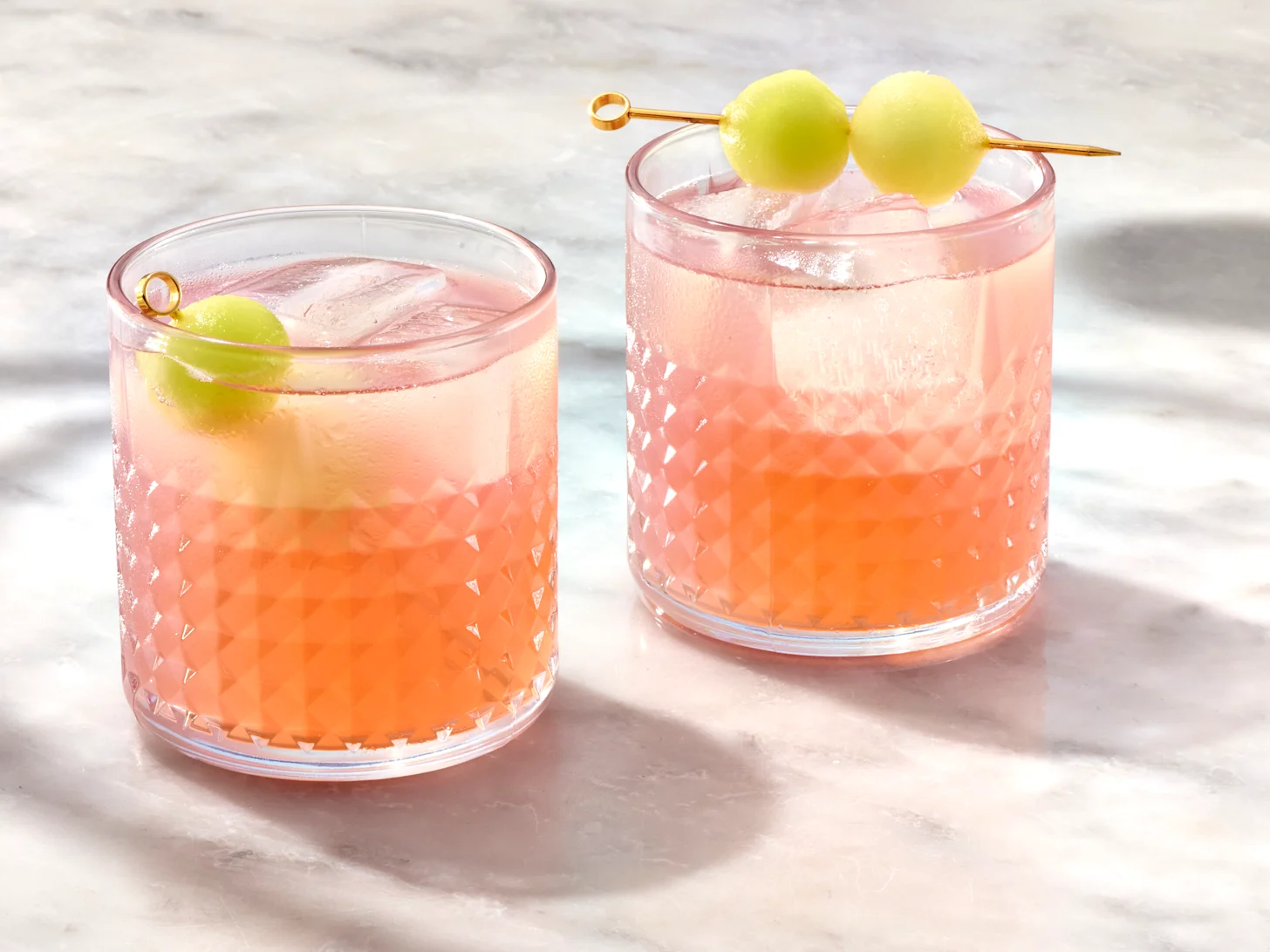# US Open Fans Line Up Three Hours for Cocktails, Miss Entire Tennis Match, Call It ‘Worth It’
The 2025 US Open tennis tournament has revealed an unexpected truth about American sports entertainment priorities: spectators are significantly more interested in obtaining overpriced cocktails than witnessing world-class athletic competition. Tournament officials report that Honey Deuce sales are outpacing actual tennis viewership by a margin that has prompted serious discussions about rebranding the event as a premium beverage festival with incidental racquet sports.
The signature $23 cocktail, featuring Grey Goose vodka, raspberry liqueur, and lemonade garnished with honeydew melon balls designed to resemble tennis balls, has generated lines that consistently exceed three hours while nearby courts hosting Grand Slam matches feature sections of empty seats that tournament organizers describe as “strategically atmospheric.”
“I got here at 8 AM to secure my place in the Honey Deuce line,” explained attendee Sarah Martinez, 34, who missed both of Tuesday’s featured matches but successfully obtained four cocktails. “I mean, I can watch tennis on TV anytime, but you can only get an authentic overpriced tournament cocktail during these two weeks. It’s about priorities.”
Tournament data indicates that the average Honey Deuce wait time now exceeds the duration of most tennis matches, creating what officials diplomatically describe as a “unique spectator experience optimization challenge.” Many attendees report planning their entire day around cocktail acquisition, with tennis viewing relegated to brief intervals between drink runs.
“We’ve essentially created a premium alcohol delivery service with a tennis theme,” admitted US Open Marketing Director Jennifer Walsh during a press conference held in the tournament’s VIP hospitality area. “The athletic competition is more of an ambient entertainment element at this point. People come for the drinks, stay for the Instagram opportunities, and occasionally glance at the tennis.”
The phenomenon has forced tournament organizers to reconsider traditional sporting event logistics. Concession areas now feature more staff dedicated to cocktail preparation than actual match management, with some beverage stations generating longer queues than the tournament entry gates.
“I spent $400 on tickets, $150 on parking, and another $200 on Honey Deuces,” explained spectator Mike Rodriguez, 42, who attended three days of tournament play and watched approximately 47 minutes of actual tennis. “But I got some amazing photos of the drinks, and honestly, that’s what people want to see on social media anyway. Nobody posts pictures of backhands.”
Tennis professionals have expressed mixed feelings about the beverage-centric attendance model. “It’s flattering that people associate our sport with premium cocktails,” said former US Open champion Lindsay Davenport, now working as a tournament commentator. “Less flattering is watching stands empty out during crucial match points because the bar ran out of honeydew melon.”
The cocktail obsession has created secondary markets, with some enterprising attendees offering Honey Deuce delivery services for spectators unwilling to abandon their seats. Premium delivery options, which can cost up to $75 per drink including “convenience fees,” have become sufficiently popular that tournament security now monitors for unauthorized beverage trafficking.
“We’re basically running a cocktail theme park that happens to feature professional tennis,” observed sports marketing analyst Dr. Rebecca Chen. “It’s actually brilliant from a revenue perspective. Why rely on ticket sales when you can charge $23 per drink to people who will buy multiple rounds while pretending to care about athletic achievement?”
Several attendees reported that the extended cocktail lines have become social events unto themselves, featuring more networking and entertainment value than the actual matches. “I made three business contacts and got two phone numbers while waiting for drinks,” said marketing executive Ashley Park. “That’s more productive than most conference events I attend.”
Tournament officials have announced plans for 2026 that include expanded beverage operations, additional cocktail varieties, and what they describe as “enhanced tennis integration” to ensure the sport remains a relevant component of the cocktail experience.
“We’re exploring partnerships with premium liquor brands and considering celebrity bartender appearances,” Walsh explained. “The tennis will still be there, obviously, but we want to make sure the cocktail experience remains the primary draw. That’s clearly what our customers want.”
When asked about the possibility of reducing drink prices to encourage more tennis viewing, Walsh responded by ordering another Honey Deuce and suggesting that anyone concerned about costs might consider “adjusting their entertainment expectations to match their budget limitations.”

